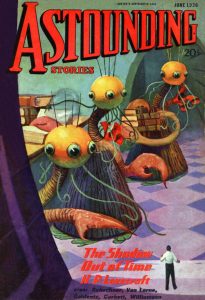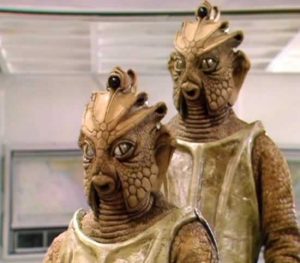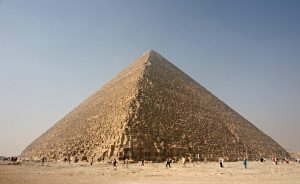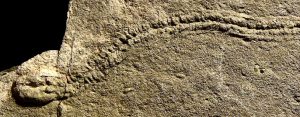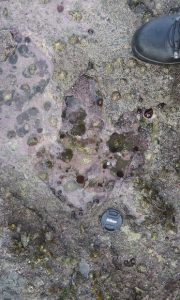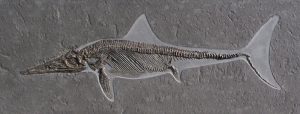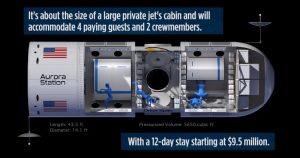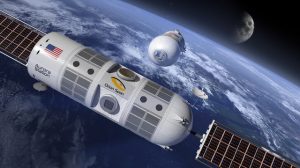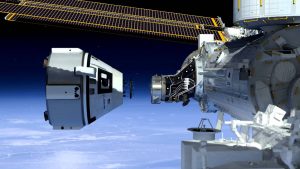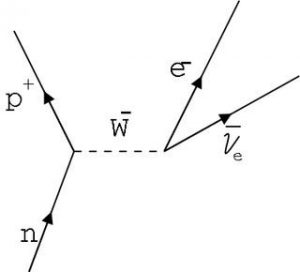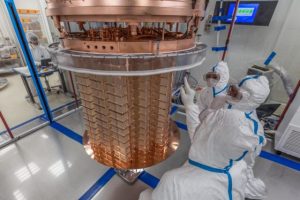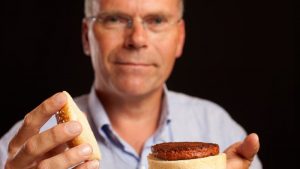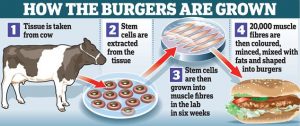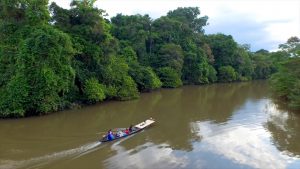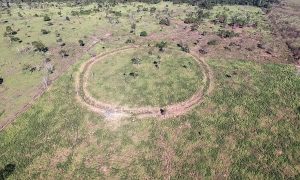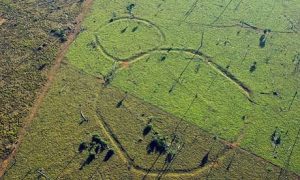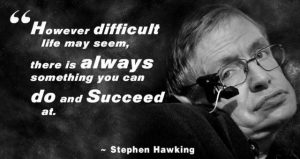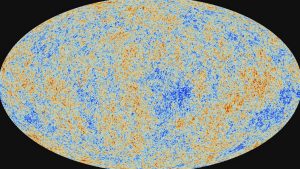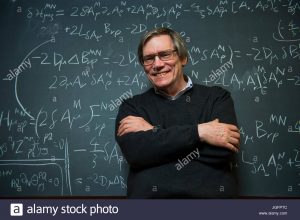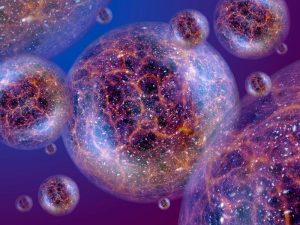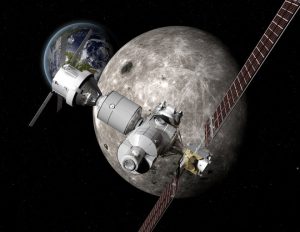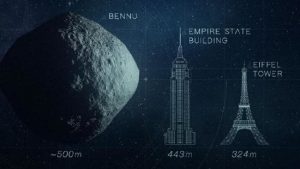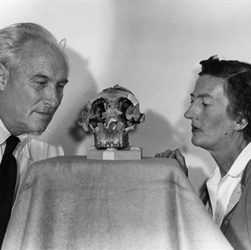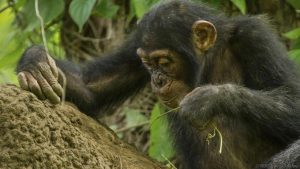NASA’s Transiting Exoplanet Survey Satellite (TESS) was launched on the 18th of April from the Kennedy Space Center aboard a Space X falcon 9 rocket. Another space success for Space X, which not only delivered TESS to its proper orbit but once again recovered the Falcon 9’s first stage so that can be reused for further missions. The image below shows TESS riding into space aboard a Falcon 9.
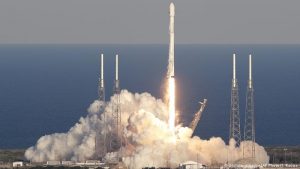
TESS is a replacement for, and an improvement upon NASA’s highly successful Kepler exoplanet hunting space telescope. Kepler’s mission began in 2009 with the spacecraft continuously observing the light output from approximately 150,000 main sequence stars looking for tiny yet periodic dips in the stars light output. Such dips could be caused by one or more planets passing, technically transiting across the face of the star. The image below shows the Kepler Space Telescope and the area of the sky it observes.

As of April 2018 the Kepler Space Telescope had identified 2,650 exoplanets that have been confirmed by closer study with ground-based telescopes. Of the confirmed exoplanets 550 are believed to be rocky Earth type planets with nine of those planets orbiting within their star’s habitable zone.
The years have taken their toll on Kepler however. System failures have greatly reduced the telescopes ability to perform and it will run out of the fuel it needs to keep itself in position within a few months. At the same time a new space telescope, with improved performance that could survey a greater number of stars would lead to even more discoveries of exoplanets. Enter TESS, NASA’s new exoplanet hunting space telescope. The image below shows TESS.
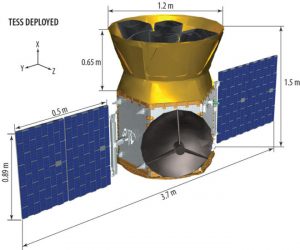
TESS’s mission is different from Kepler’s in several ways however. For one, whereas Kepler stared continually at a very small patch of the sky, about 0.2% of the entire sky, TESS will be able to observe as much as 85% of the celestial globe. On the other hand, while Kepler studied stars as far away as a thousand light years or a little more, TESS is going to concentrate on the stars closest to our own.
The idea here is for TESS to find a large number of exoplanets that are also close enough to us that we can use other telescopes to not only confirm their existence but to actually learn more about them. In particular it is hoped that the soon to be launched James Webb Space Telescope will even be able to discover something about the chemical composition of the atmosphere of some of the planets that are found by TESS.
TESS will be doing other research as well. The satellite’s instruments will also be able to obtain observations of unexpected, transient events such as the optical components of gamma ray bursts. It is also hoped that the observations made by TESS will advance the study of astroseismology, that is the study of the interior of stars through measuring their surface vibrations.
The projected mission time line for TESS is estimated at 15 years but of course that will depend on the fuel usage. If you’d like to learn more about the TESS Space Telescope and its mission the link below will take you to NASA’s official website for the spacecraft.
https://www.nasa.gov/tess-transiting-exoplanet-survey-satellite
Before I go I’d like to quickly mention another piece of NASA news, the cancellation of the planned Lunar Resource Prospector rover. This mission was intended to land a rover vehicle on the Moon to excavate and study materials on the Lunar surface. The primary material of interest was water ice, which has been observed by orbiting spacecraft in the Moon’s polar regions and which it is hoped could to used to provide fresh water and perhaps even rocket fuel in the near future for any long term settlements on our satellite.
NASA’s decision to cancel the Lunar Prospector makes little sense therefore when you consider President Trump’s recent directive for the Space Agency to return manned missions to the Moon before going on to Mars. The knowledge that the rover could have gained could have been very useful to future lunar explorers. Once again we have a situation where the space agency doesn’t seem to have a firm understanding of exactly what it’s long term goals are, let alone how to achieve them. The image below shows a prototype of the Lunar Prospector rover undergoing test.


